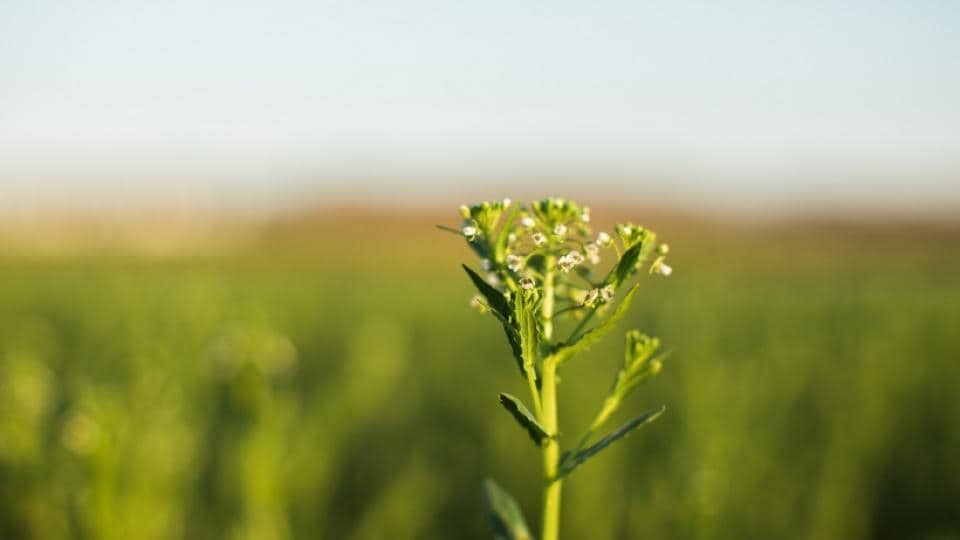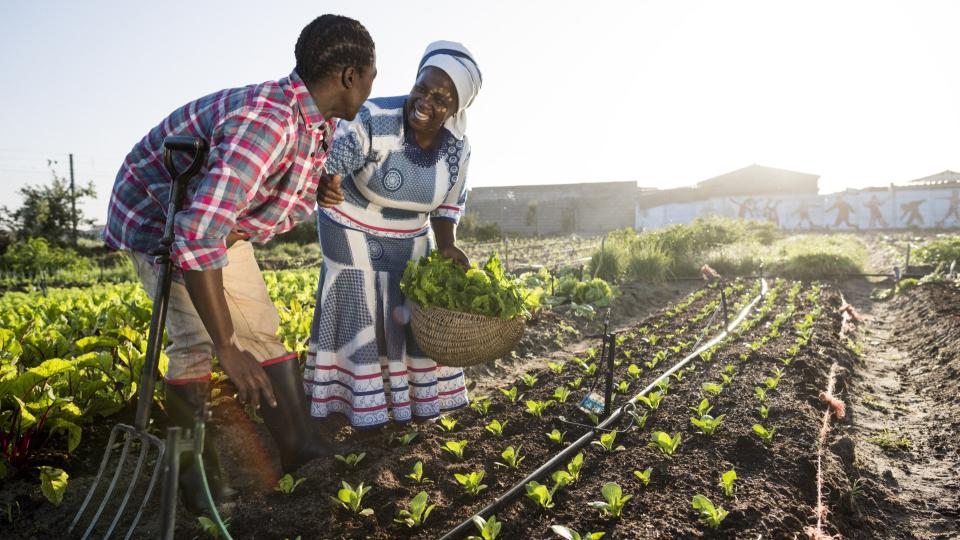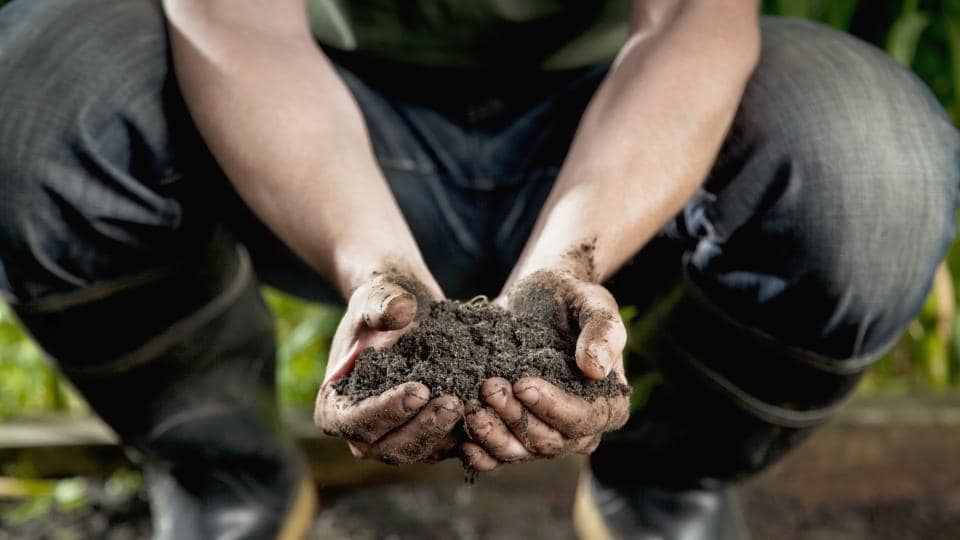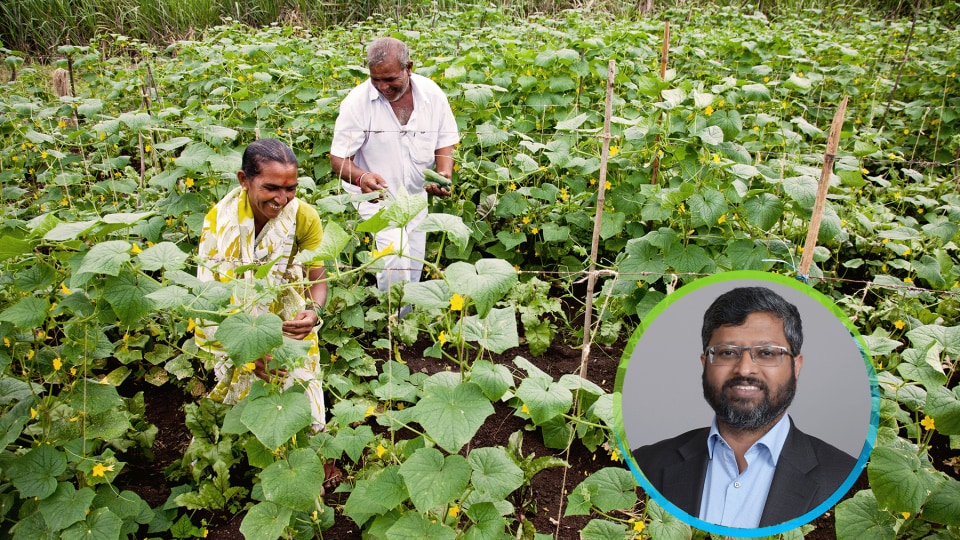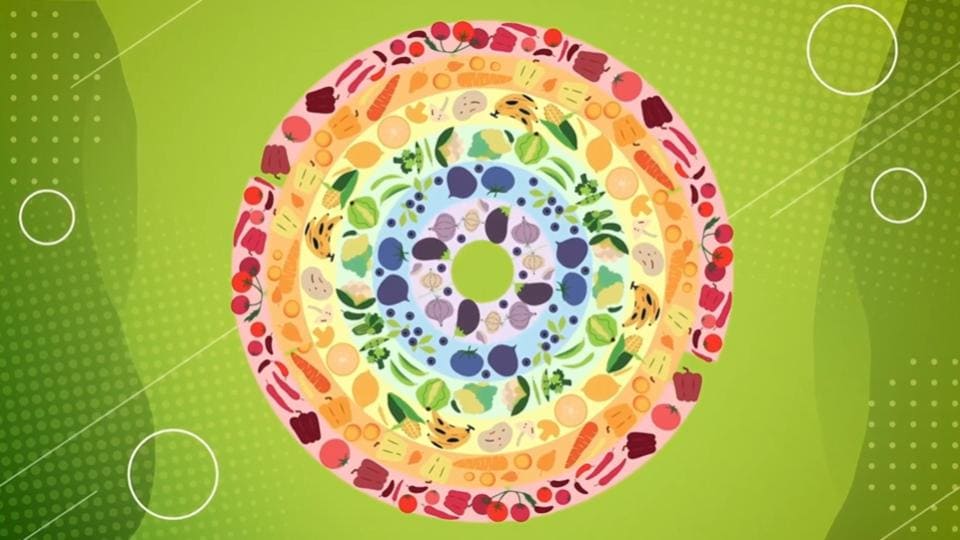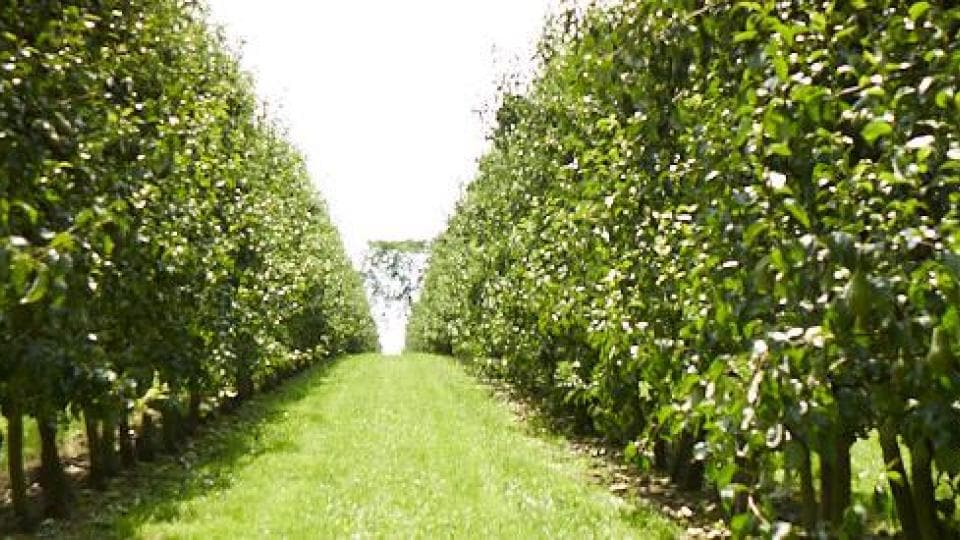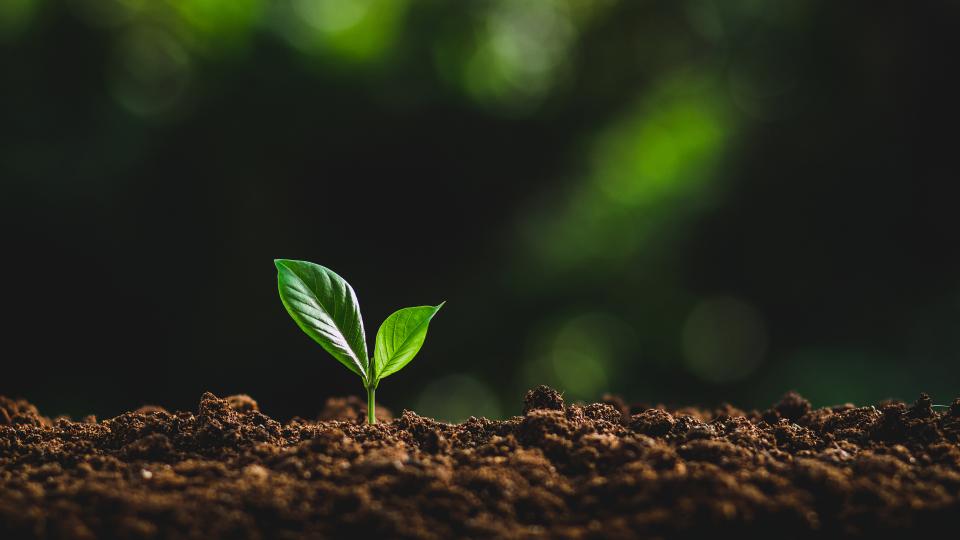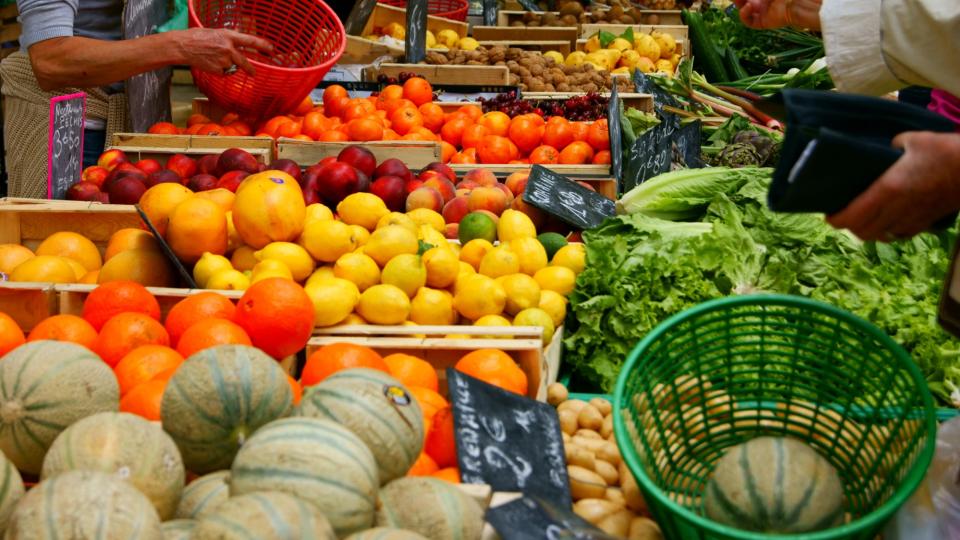Food Innovation: The Impactful Inventions Behind our Favorite Fruits and Vegetables

Every ingredient on our plates has its own story to tell ̶ a journey it has taken to get from the farmer’s fields to the shelves of a store or the booth of a market waiting to be placed in a grocery basket. Yet, not all food will even make it to our stores, markets and plates.
Putting food preservation and waste reduction at the forefront, more than 28% of global agriculture land produces food that ends up lost or wasted. Food loss and waste is a major contributor to climate change, hunger, economic insecurity and pressure on limited resources. The FAO estimates that the equivalent of 1.3 billion tons of food is lost or wasted every year, causing US $1 trillion in economic costs, around US $700 billion in environmental costs and US $900 billion in social costs. How can we afford putting food into the trash if 690 million people – more as twice the population of the US – are still suffering from hunger?
The answer to this question is complex, and the factors impacting food security differ from region to region ranging from availability, especially due to loss, accessibility and affordability. And food security is about more than securing enough food to survive; what people eat must also be nutritious. Fruits and vegetables play a key role in a balanced and nutritious diet. While the challenges and roadblocks for food security are diverse, food innovation can be a crucial part of the solution to tackle food security.
Consider some of the items that may be on our grocery lists. Did you know that certain cherry tomatoes are bred to stay firmly attached to their trusses — making harvest easier, reducing food loss and waste and reducing the need for plastic packaging? How about the fact that bananas could be nearing extinction without innovation? And did you know that a specific maize variety can better withstand drought and ultimately help to foster food security in regions vulnerable to climate change? These examples highlight the vital role that food innovation plays in shaping a more resilient and secure food system.
The fruits and vegetables that show up through the items on our shopping lists or the ingredients on our plates vary from increasing sustainability to improving the lives of smallholder farmers around the world. In fact, a single dish like curry shows that there is a bit(e) of food security in many ingredients.

Digital Tools as Game Changer
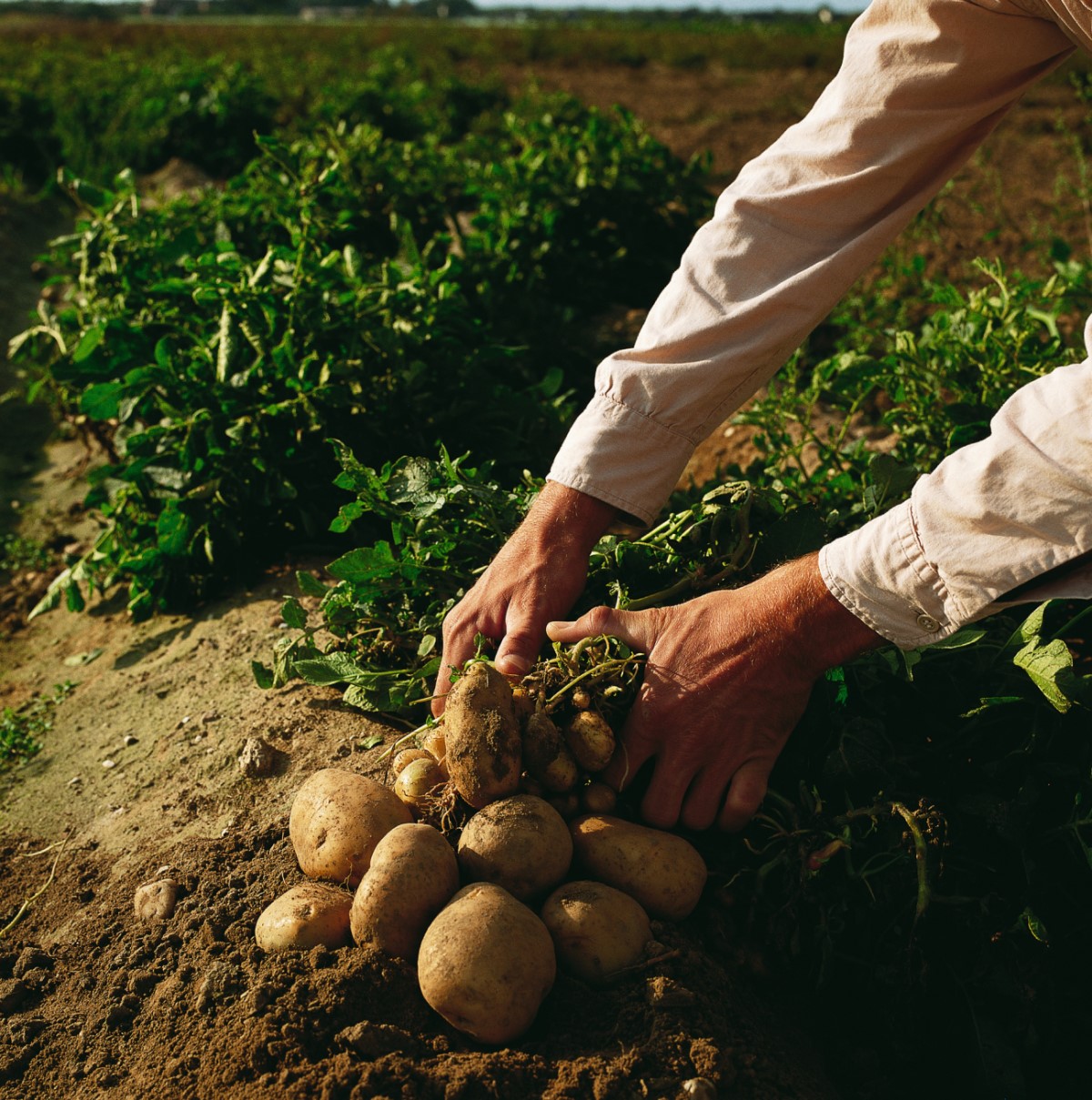
Located between India and China, the republic of Bangladesh grows nearly 100 varieties of vegetables and 60 varieties of fruits. This tremendous effort is achieved by millions of Bangladeshi smallholder farmers who grow on less than two hectares of land. This small but important farming nation has grown to be one of the top ten potato producing countries in the world. However, between the rising seas and impacts of climate change, humid conditions are increasing the prevalence of late blight fungus which can wipe out an entire potato crop in less than one week.
Through a collaboration between Wageningen University and Research, a start-up called Mpower, and Bayer Crop Science, potato farmers in Bangladesh now receive real time SMS messages to alert farmers on favourable conditions for rapid disease development in their fields and when they should apply a treatment to protect their crops. Bayer takes a leading role to maximize the use of the digital GeoPotato advisory platform in Bangladesh. It is a game changing technology to support farmers to increase both their yields and income guided by sustainability farming principles.
Saving the Banana
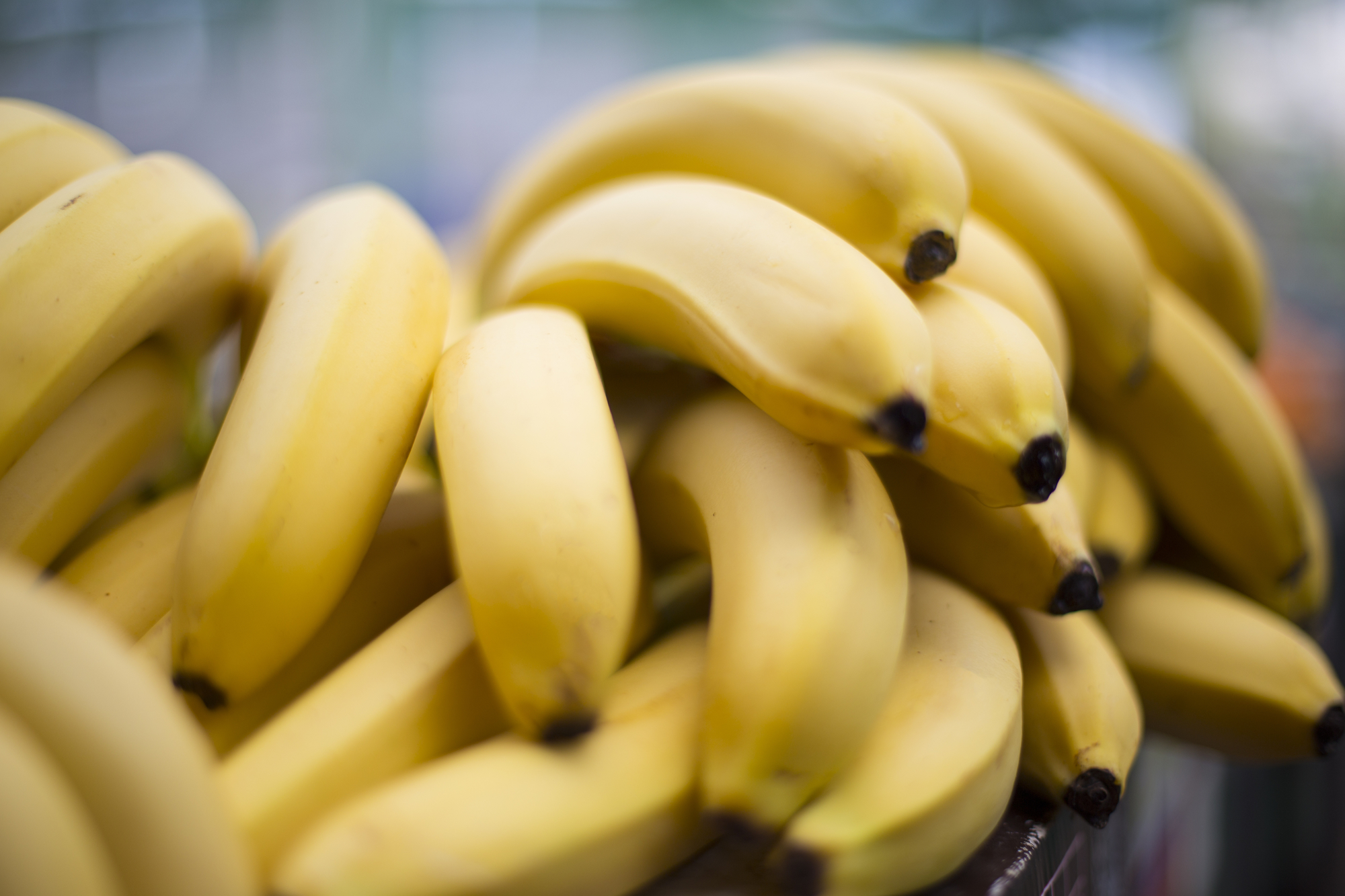
History is close to repeating itself when we consider the banana. In the 1950s, banana farmers around the world cultivated a variety that was completely eradicated by one particular pathogen. Today, when most of the world thinks of a banana, they are envisioning the Cavendish. But this breed has now come under attack by an aggressive fungus, Fusarium Tropical Race 4 (TR4). As of today, there is no treatment for the disease. However, scientists and researchers have joined forces to ensure that bananas remain on the shelves.
By implementing strict hygiene measures, strengthening a banana plant’s roots to lower the risk of a fungal infection, and even cultivating a new variety of pathogen-resilient banana, farmers, scientists and consumers are working to ensure the banana remains one of the most important food crops on the planet.
Food Innovation to Reduce Food Loss and Waste
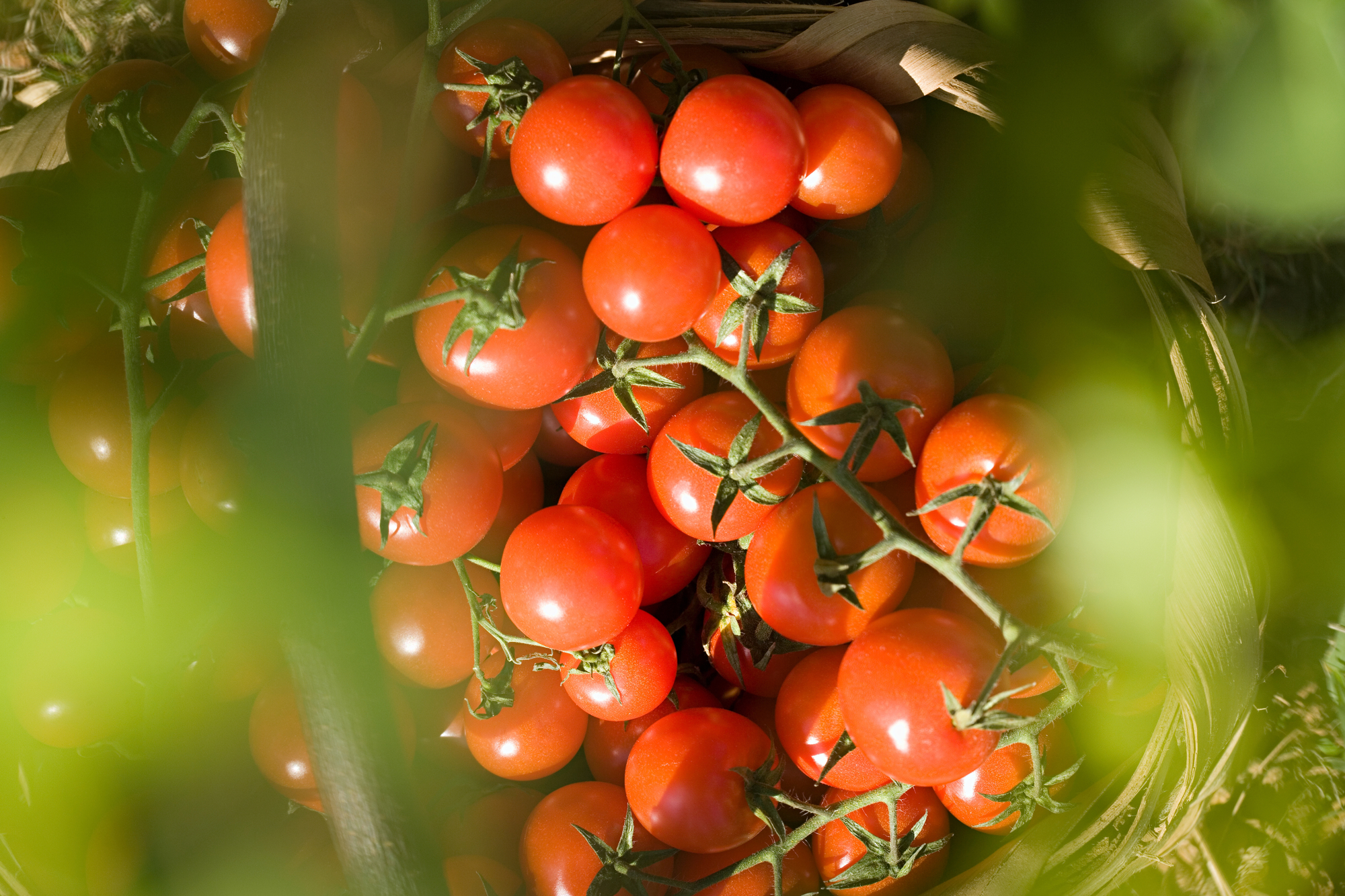
Putting food freshness into perspective, fresh tomatoes are a popular request throughout grocery stores and farmers markets. But keeping those tomatoes fresh once you’ve taken them home is another challenge. By enhancing both the shelf-life and firmness of a tomato’s skin, plant breeders have created tomato varieties that can maintain their flavor and color from the farm to the market. For nearly two years, Bayer scientists studied more than 500 different tomato genotypes. From fleshiness to skin bruising to truss security, these traits have been combined to create new tomato varieties that can remain ‘farm-fresh’ for up to two weeks – nearly double the length of time of an average tomato!
The innovations across these fruits and vegetables are key steps toward food security and healthy diets, which is more important now than ever before. From the scientists in the lab to the farmers in the field to our own decisions in the grocery store, where the choice of putting food in our baskets plays a vital role, we can all make a difference and address global food security and do our part to feed a hungry planet.
Join us in Cooking this Vegetable Curry Recipe
Curry Recipe
| Ingredients for main dish | Ingredient for the banana paste |
|---|---|
|
|
Method
- Dice the baby new potatoes and boil in water, until softened.
- Cube potatoes and slice carrots, courgetti/zucchini, onion, and peppers thinly.
- Place all spices in a small frying pan and dry fry on low heat until the spices are fragrant.
- Place heated spice mix in a blender with bananas and garlic and blend until it is a liquid paste.
- Heat 1 teaspoon of frying oil in a large wok. Add the potatoes and sliced onions and stir fry until browned.
- Add the broccoli and sliced peppers and fry for a couple of minutes before adding the remaining vegetables.
- Once the vegetables have cooked through and softened, add paste to the dish and toss. Remove from the heat and serve with rice!









